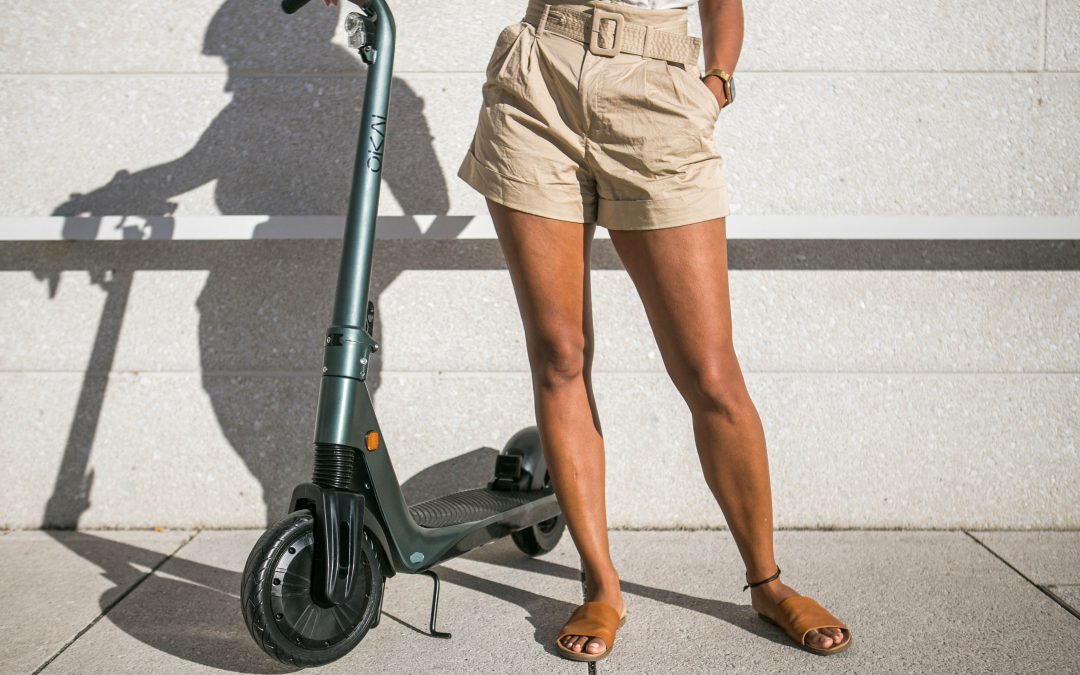Image Credit: Okai Vehicles | Unsplash
Riding a PMD (personal mobility device), PAB (power-assisted bicycle) or e-scooter is no longer as simple as going to the nearest Decathlon, tapping your credit card, and zig-zagging away on the streets like a flying ninja.
The Active Mobility Act (AMA), which governs the use of e-scooters in Singapore, came into effect in 2018, and three years later, has fully blossomed – PMD, PAB and e-scooter riders will now have to pass a mandatory online theory test in order to keep using them in public, and abide by a host of other rules.
Unless you bought your e-scooter just so your children can destroy furniture and cause you grief at home, here is a complete guide for e-scooter, PAB and PMD riders in Singapore. You’ll be thanking us by the end of this article.
Unless you bought your e-scooter just so your children can destroy furniture and cause you grief at home, here is a complete guide for e-scooter, PAB and PMD riders in Singapore. You’ll be thanking us by the end of this article.
1. Is your PMD, PAB or e-scooter approved by the LTA?
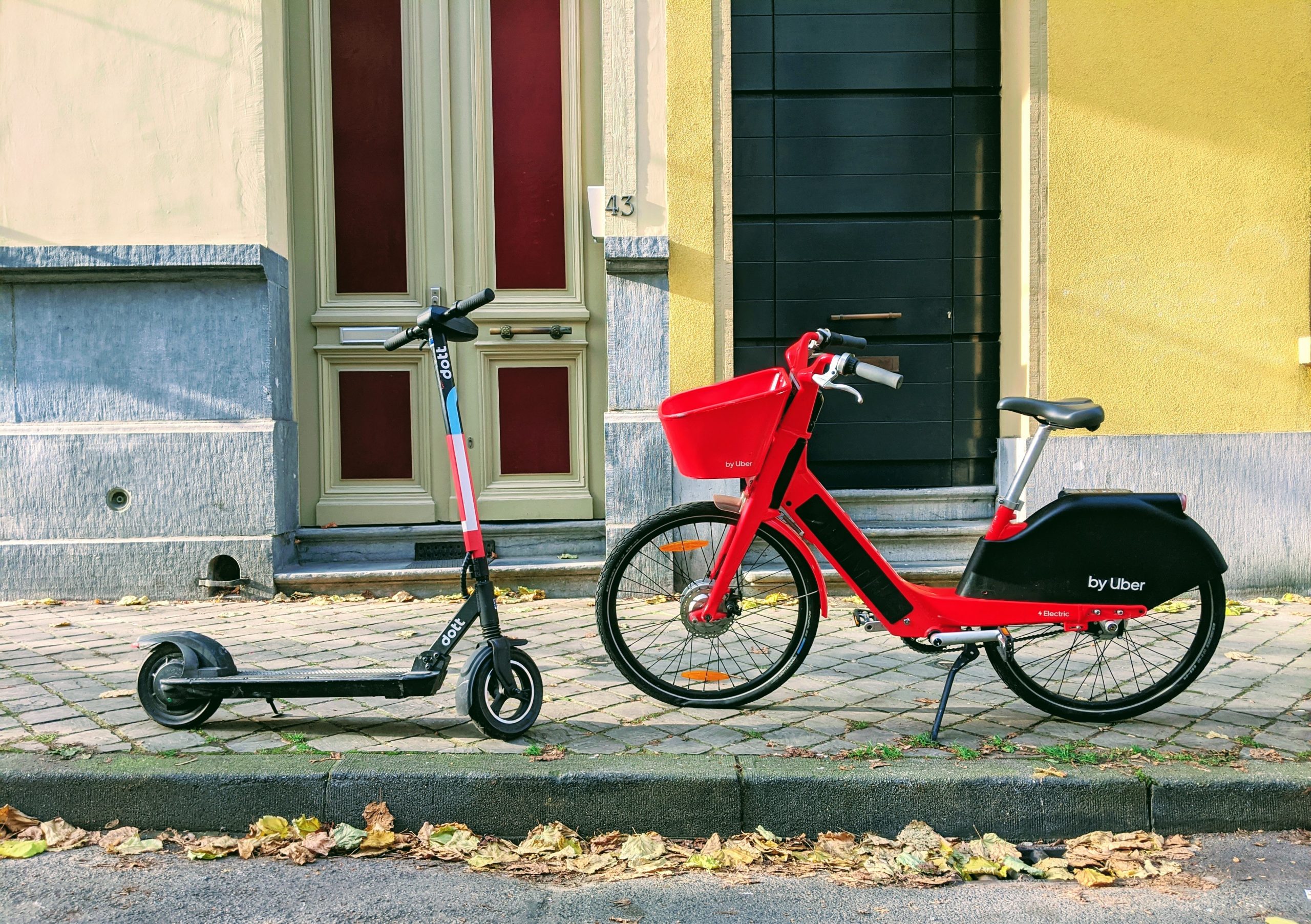
Image Credit: Lucian | Unsplash
The number of fires caused by motorised PMDs have increased in the past few years, with more than 90 fire incidents involving PMDs since 2016.
Especially if you’ve bought your e-scooter or PMD secondhand, you’ll need to double check if your device model is approved by the Land Transport Authority (LTA). Here are the crucial guidelines you’ll need to adhere to – your e-scooter/PMD must have a:
- Maximum width of 70 cm
- Maximum weight of 20 kg
- Maximum speed of 25 km/h
If your vehicle was inspected before 3 April 2020, you will need to have your PMD re-registered and inspected, and may face penalties if you’re caught riding a PMD that does not meet the above requirements whilst on a public path.
2. UL2272 certification
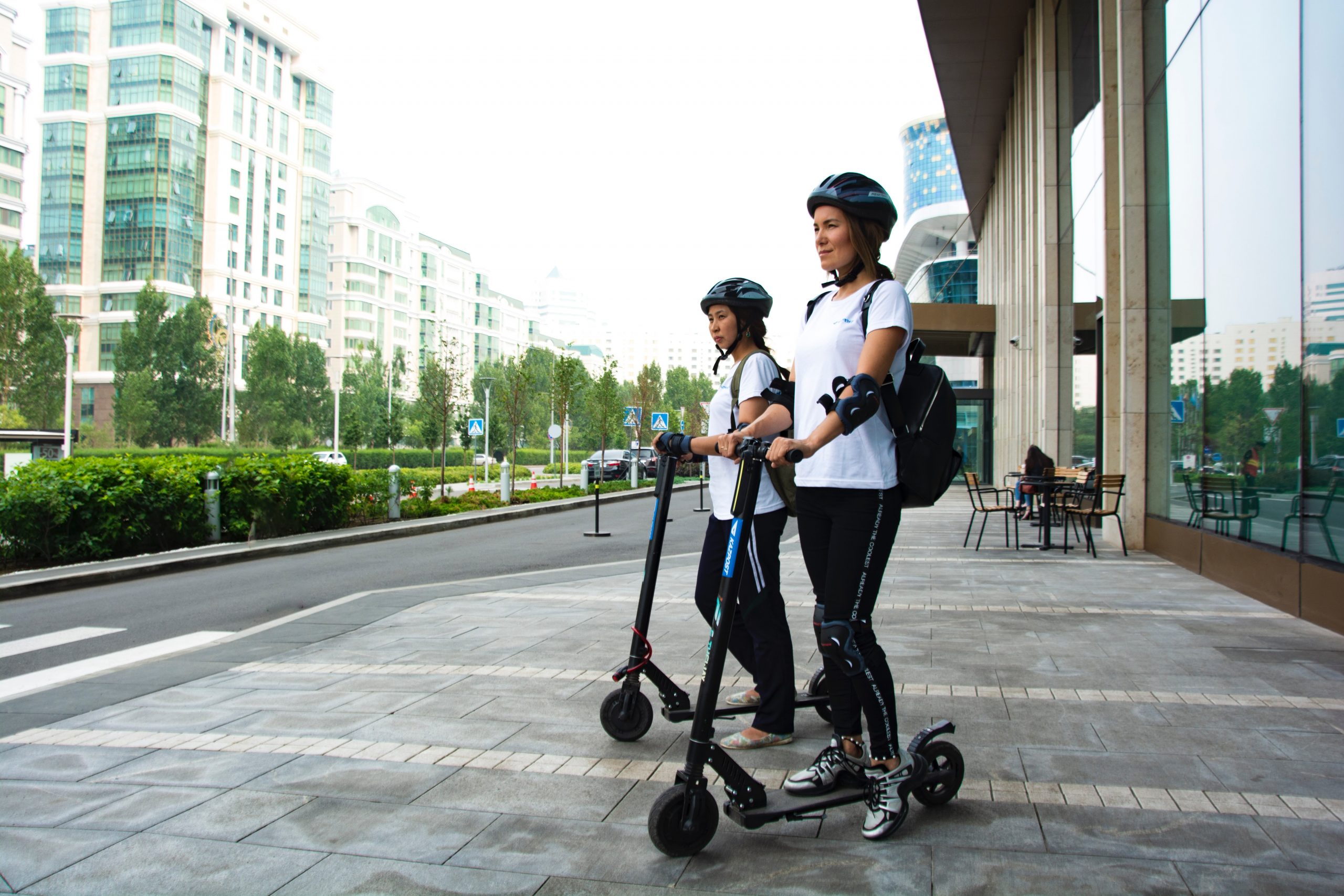
Image Credit: Marat Mazitov | Unsplash
Your e-scooter or PMD must be UL2272-certified. The UL2272 fire safety standard significantly protects against fire and electrical hazards, so unsurprisingly, users who modify a UL2272-certified PMD may render its certificate invalid.
Do note that only UL2272 motorised PMDs are allowed on cycling paths. If your PMD is not UL2272-certified, it needs to be disposed of. For more information on disposal procedures, click here.
If your PMD device does not meet requirements, you can be fined up to $10,000 and/or jailed up to 6 months. The maximum penalties are doubled for repeat offenders. Your e-scooter/PMD might also be seized and forfeited.
For more information on the UL2272 certification, read this.
3. Have you… registered?

Image Credit: Cytonn Photography | Unsplash
It is compulsory for persons aged 16 and above to register their e-scooter/PMD with the LTA. Those under the age of 16 are not allowed to own any of these devices, but may still ride an e-scooter or PMD that has been registered by a person who is 16 or older, while under the supervision of someone who is 21 or older.
Registration costs $20 and can be done at the LTA’s E-scooter Inspection Centres by the retailer of the e-scooter or PMD before it is sold to you.
Do also check that any new e-scooters you purchase are registered with the LTA by your retailer. Retailers have to send all e-scooters to be inspected and certified at an LTA designated E-scooter Inspection Centre before they can be advertised, displayed and sold or rented for use on cycling paths.
Upon successful registration, you will need to display the following on your e-scooter:
- A registration mark stating your registration number
- An identification mark
- A UL2272 fire safety certification mark (more on this in the next section)
Persons found riding unregistered e-scooters on public paths can be fined up to $2,000 and/or jailed up to 3 months. Repeat offenders can be fined up to $5,000 and/or jailed up to 6 months.
Power-assisted bicycles (PABs) must be sealed with the LTA approval seal, registered and affixed with a rear registration number plate.
Read more – 5 Fun Facts About Car Plate Numbers in Singapore
4. Exams are a-waiting: Taken your mandatory theory test yet?

Image Credit: Ben Mullins | Unsplash
All e-scooter and PMD riders (or their supervising adults) are now required to take and pass an online theory test before being allowed to ride their devices.
Until 30 September 2021, the theory test will cost $5 and will allow riders a maximum of two attempts. After the 30th, the test will cost $10. Once you pass the theory test, you will be issued a digital certificate, which will be valid for life.
Riders caught without a digital certificate can be fined up to $2,000 and/or jailed up to 6 months for a first offence, whilst repeat offenders can be fined up to $5,000 and/or jailed up to 12 months.
5. Stay in your lane
PMDs cannot not be used on roads, footpaths or on pedestrian-only paths. All riders of any other motorised PMDs (like electric boards and hoverboards) have also been banned from footpaths. In other words, e-scooters and other motorised PMDs can be used only on shared paths (also known as cycling paths).
If the path you’re traveling on has cars and/or has traffic lights then you should not use your PMD there (yes, that’s a road, dummy!). Roads in SAF camps are out of bounds too, so if you happen to be an NSF or SAF regular, you cannot use your PMD to get around camp via in-camp roads.
E-scooter/PMD riders who use their e-scooters/PMDs on a pedestrian-only path, footpath or road can be fined up to $2,000 and/or jailed up to 3 months. Repeat offenders can be fined up to $5,000 and/or jailed up to 6 months. Your e-scooter/PMD can also be seized and later forfeited.
If you’re not sure how to distinguish between the different types of paths:
| Pedestrian-only paths | Shared paths | Footpaths |
Image Credit: Singapore Legal Advice The above is an example of a pedestrian-only path sign. |
Image Credit: Singapore Legal Advice Also known as cycling paths, shared paths are marked by shared path signs and are for pedestrians, e-scooter/PMD riders and cyclists to use. The above is an example of a shared path sign. |
Image Credit: Alamy.com Footpaths are public paths that are not pedestrian-only paths, shared paths or roads. However, they do not come with specific signs, “cycle lanes” or floor markings. Footpaths can be used by pedestrians, cyclists and riders of PMDs that are not e-scooters. |
| Grass | Drain covers or gratings | Public transport |
Image Credit: Nparks.gov.sg Riding your device over grass is also an offence. Offenders can be fined up to $5,000 under the Parks and Trees Regulations. |
[IMAGE] Under the Sewerage and Drainage Act, it is an offence to damage drains and storm water drainage systems (which include drain gratings). Offenders can be fined up to $40,000 and/or jailed up to 3 months. In other words, if you cause damage to drain covers or gratings by riding your e-scooter over them, you may be liable for an offence. |
[IMAGE] E-scooters/PMDs are allowed on public buses and trains at any time of the day as long as they are kept folded at all times. They must also be pushed or carried instead of being ridden on. Your device must be smaller than 120 cm by 70 cm by 40 cm when folded to qualify, and any protruding parts (like handles) must be retracted. There are often size checkers in MRT stations. Wet or dirty devices must be wrapped up. |
| Shopping malls | Bus Stops | Exceptions |
[IMAGE] Shopping centres are generally privately owned spaces, so the management of each individual shopping centre has the discretion to decide what can or cannot be brought into their premises. While pushing a clean, folded device through a shopping centre as a shortcut is generally permissible, you should try to avoid riding your e-scooter or PMD in a crowded location. |
There are exceptions to these rules preventing e-scooter/PMD riders from using pedestrian-only paths, footpaths or roads:
You must not stay on the pedestrian-only path, footpath or road for longer than is necessary. |
6. What is the Maximum Speed Limit You Can Travel At?
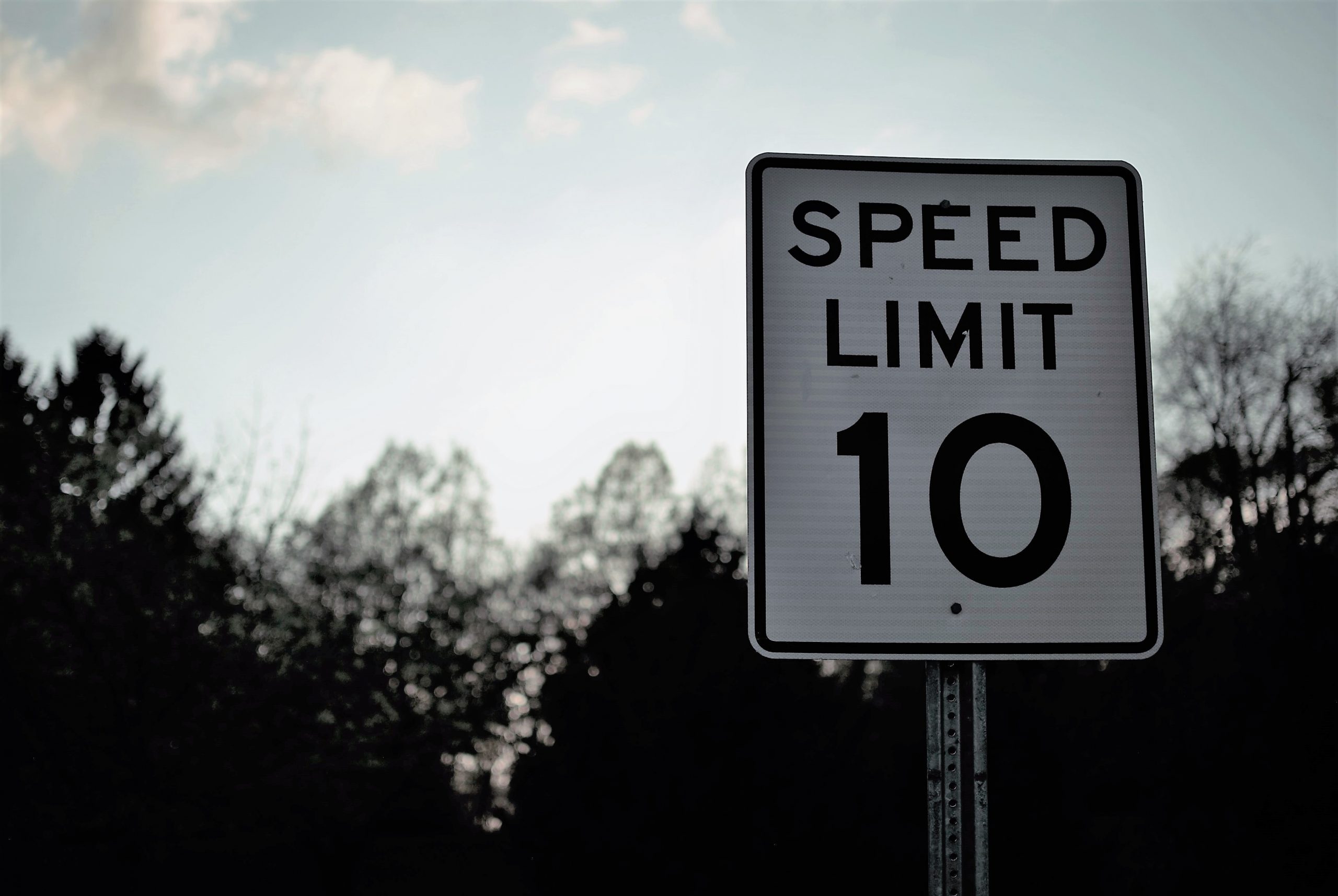
Image Credit: Isabella | Unsplash
Speeding directly increases your likelihood of getting into an accident, and you don’t want that, do you? As of 1 February 2019, the speed limits for e-scooter/PMD riders are: 10km/h on footpaths (users can only ride PMDs without handlebars on footpaths), and 25km/h on shared paths.
E-scooter/PMD riders caught speeding can be fined up to $2,000 and/or jailed up to 6 months. Repeat offenders can be fined up to $5,000 and/or jailed up to 6 months. Your beloved e-scooter can also be seized and forfeited.
Similarly, e-scooter/PMD riders who ride dangerously can be fined up to $10,000 and/or jailed up to 1 year. What counts as “dangerous” will depend on the circumstances, but the LTA has released a Code of Conduct to provide guidance on how e-scooter/PMD riders can ride responsibly.
7. No Holding/Using Communication Devices When Riding on Public Paths

Image Credit: Christian Wiedige | Unsplash
From 1 August 2020, all riders (of bicycles, e-scooters and PMDs) must not hold in their hand or operate any mobile communication devices while riding on a public path.
Offenders can be fined up to $1,000 and/or jailed up to 3 months. The maximum penalties are doubled for repeat offenders.
8. Must You Buy E-Scooter/PMD Insurance?

Image Credit: JeShoots | Unsplash
It is not compulsory for e-scooter/PMD riders to buy third-party liability insurance. However, the Ministry of Transport strongly encourages riders to take up such insurance policies.
9. Safety guidelines in compliance with the AMA
For cyclists and PMD riders:
- Wear a helmet.
- Always give way to pedestrians.
- Dismount and walk if you see a “no riding” sign.
- Watch your speed and go slow around others.
- Slow down when approaching bus stops and/or intersections of public paths.
- Walk your device in crowded areas.
- Gently alert others before overtaking.
- Keep left on paths unless overtaking.
- Stop and look out for vehicles at road crossings.
- Ride on cycling paths and bicycle crossings when available.
- Keep a safe distance from other path users, especially when overtaking to avoid a collision.
- Avoid shining your lights onto the face of other path users.
- Check that your lights, brakes and tyres are in good working condition before setting off.
- Check the height of your handlebars and seat on the bicycle to ensure that you have full control of the device when coming to a sudden stop in an emergency.
- Keep both hands on the handlebars. Signal your intention to change course or make a turn ahead of time.
- Park your devices at designated parking places such as bicycle racks and yellow boxes. Be sure to securely lock your devices to prevent it from being stolen.
- Stop, offer help and exchange particulars if you’ve been involved in an accident.
10. Enforcement under the Active Mobility Act (AMA)
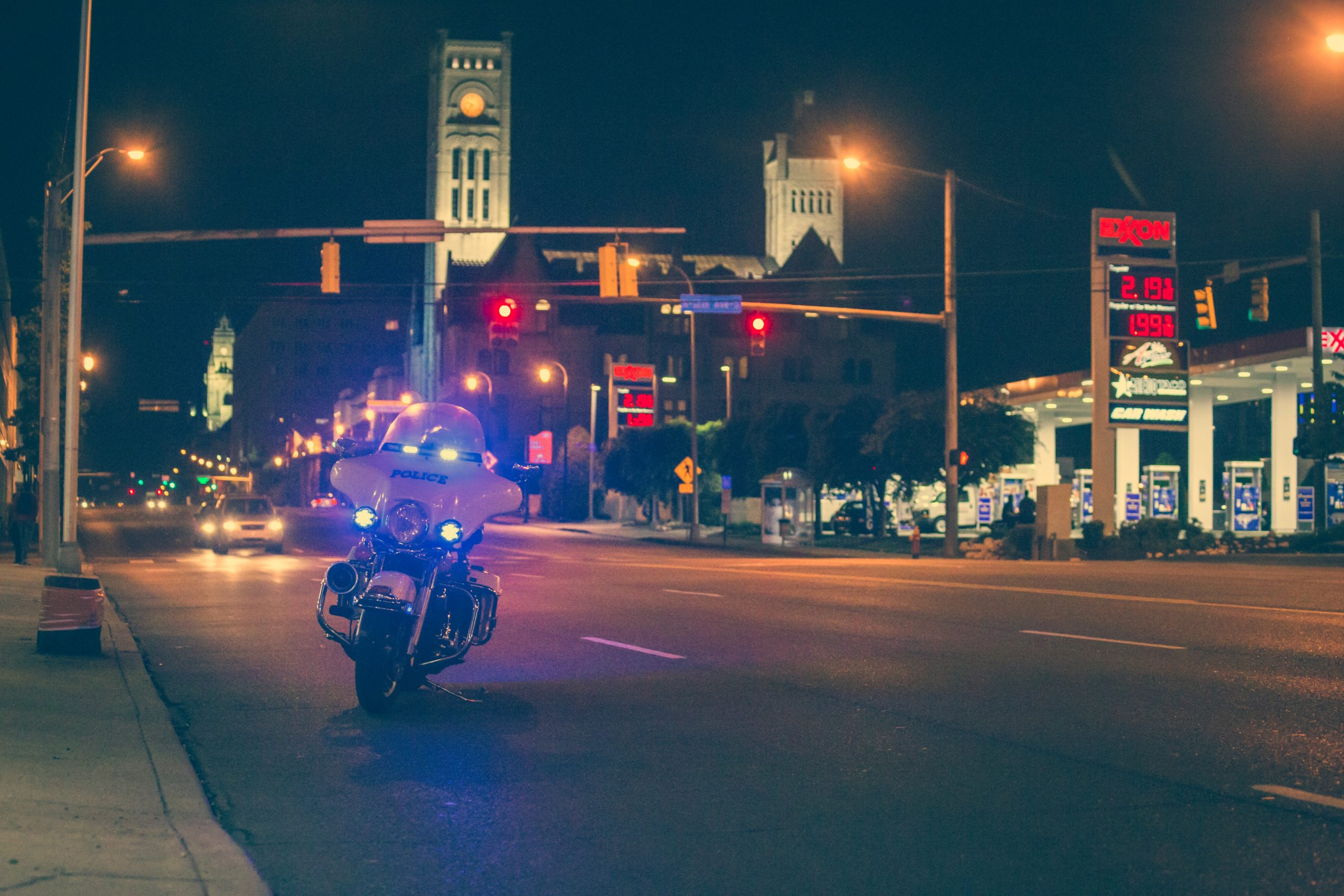
Image Credit: JP | Unsplash
E-scooter and PMD offences under the AMA are enforced by police officers, auxiliary police officers, other suitable trained public servants (such as LTA officers) as well as volunteer public path wardens.
They have the authority to:
- Check your e-scooter or PMD to see if it is LTA-approved
- Stop you from riding your device on public paths that you are not allowed to be on
- Stop you from riding a banned device on approved public paths
- Seize your device if they have reason to believe you have committed an offence
Before exercising their powers, authorised officials are required to show you their identity card to prove that they are authorised to do so.
E-scooters and other PMDs can be useful, viable options for last-mile transportation to and from MRT stations and bus stops, as well as a good way to carry out simple errands around your neighbourhood without having to use a car or public transport. However, riders of e-scooters and PMDs should know their rights and obligations under the AMA to avoid being fined, jailed or even having their e-scooters/PMDs seized.
If you are in the unfortunate position of being charged with committing an offence under the AMA, you may find it helpful to consult with a criminal defence lawyer.
Scrap your car for the highest price in 24 hours!


